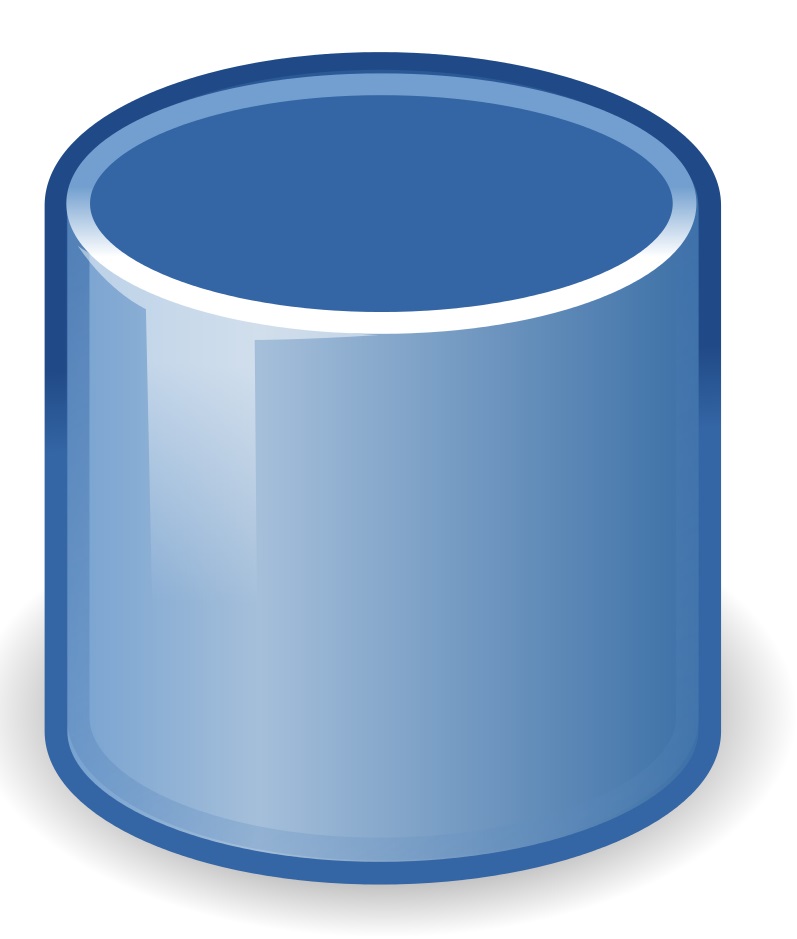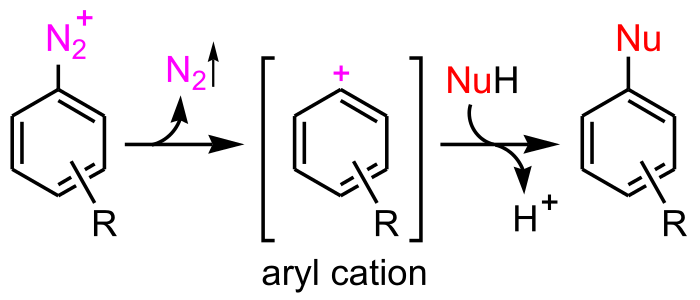This article explains the complete overview of the GROUP BY and ORDER BY clause. They are mainly used for organizing data obtained by SQL queries. The difference between these clauses is one of the most common places to get stuck when learning SQL. The main difference between them is that the GROUP BY clause is applicable when we want to use aggregate functions to more than one set of rows. The ORDER BY clause is applicable when we want to get the data obtained by a query in the sorting order.
Before making the comparison, we will first know these SQL clauses. DISTRIBUTE BY clause is used to distribute the input rows among reducers. It ensures that all rows for the same key columns are going to the same reducer. So, if we need to partition the data on some key column, we can use the DISTRIBUTE BY clause in the hive queries.
However, the DISTRIBUTE BY clause does not sort the data either at the reducer level or globally. Also, the same key values might not be placed next to each other in the output dataset. First, let's look at what window functions are and when we should use them. We use various functions in Apache Spark like month , round , andfloor, etc. which will be performed on each record and will return a value for each record. Then we have various aggregated functions that will be performed on a group of data and return a single value for each group like sum, avg, min, max, and count.
But what if we would like to perform the operation on a group of data and would like to have a single value/result for each record? They can define the ranking for records, cumulative distribution, moving average, or identify the records prior to or after the current record. Using standard aggregate functions as window functions with the OVER() keyword allows us to combine aggregated values and keep the values from the original rows. We can accomplish the same using aggregate functions, but that requires subqueries for each group or partition.
Sometimes, however, you need to combine the original row-level details with the values returned by the aggregate functions. This can be done with subqueries by linking the rows in the original table with the resulting set from the query using aggregate functions. Or, you could try a different approach—we will see this next. Order by is the clause we use with "SELECT" statement in Hive queries, which helps sort data. Order by clause use columns on Hive tables for sorting particular column values mentioned with Order by.
For whatever the column name we are defining the order by clause the query will selects and display results by ascending or descending order the particular column values. Partitioning will not be helpful in all applications—for example, if a given RDD is scanned only once, there is no point in partitioning it in advance. It is useful only when a dataset is reused multiple times in key-oriented operations such as joins.
We can often use this clause in collaboration with aggregate functions like SUM, AVG, MIN, MAX, and COUNT to produce summary reports from the database. It's important to remember that the attribute in this clause must appear in the SELECT clause, not under an aggregate function. As a result, the GROUP BY clause is always used in conjunction with the SELECT clause. The query for the GROUP BY clause is grouped query, and it returns a single row for each grouped object. I hope you have enjoyed learning about window functions in Apache Spark. In this blog, we discussed using window functions to perform operations on a group of data and have a single value/result for each record.
We also discussed various types of window functions like aggregate, ranking and analytical functions including how to define custom window boundaries. You can find a Zeppelin notebook exported as a JSON file and also a Scala file on GitHub. In my next blog, I will cover various Array Functions available in Apache Spark. CLUSTER BY clause is a combination of DISTRIBUTE BY and SORT BY clauses together. That means the output of the CLUSTER BY clause is equivalent to the output of DISTRIBUTE BY + SORT BY clauses.
The CLUSTER BY clause distributes the data based on the key column and then sorts the output data by putting the same key column values adjacent to each other. So, the output of the CLUSTER BY clause is sorted at the reducer level. As a result, we can get N number of sorted output files where N is the number of reducers used in the query processing. Also, the CLUSTER by clause ensures that we are getting non-overlapping data ranges into the final outputs.
However, if the query is processed by only one reducer the output will be equivalent to the output of the ORDER BY clause. You can use the SQL PARTITION BY clause with the OVER clause to specify the column on which we need to perform aggregation. PARTITION BY gives aggregated columns with each record in the specified table. If we have 15 records in the table, the query output SQL PARTITION BY also gets 15 rows. On the other hand, GROUP BY gives one row per group in result set.
The ORDER BY clause is used in SQL queries to sort the data returned by a query in ascending or descending order. If we omit the sorting order, it sorts the summarized result in the ascending order by default. The ORDER BY clause, like the GROUP BY clause, could be used in conjunction with the SELECT statement.
ASC denotes ascending order, while DESC denotes descending order. The OVER clause defines a window or user-specified set of rows within a query result set. A window function then computes a value for each row in the window. You can use the OVER clause with functions to compute aggregated values such as moving averages, cumulative aggregates, running totals, or a top N per group results. From the output, you can see that RANK function skips the next N-1 ranks if there is a tie between N previous ranks. On the other hand, the DENSE_RANK function does not skip ranks if there is a tie between ranks.
Finally, the ROW_NUMBER function has no concern with ranking. Even if there are duplicate records in the column used in the ORDER BY clause, the ROW_NUMBER function will not return duplicate values. Instead, it will continue to increment irrespective of the duplicate values. Unlike the RANK and DENSE_RANK functions, the ROW_NUMBER function simply returns the row number of the sorted records starting with 1.
For example, if RANK and DENSE_RANK functions of the first two records in the ORDER BY column are equal, both of them are assigned 1 as their RANK and DENSE_RANK. However, the ROW_NUMBER function will assign values 1 and 2 to those rows without taking the fact that they are equally into account. Execute the following script to see the ROW_NUMBER function in action. Sometimes, we want to change the partitioning of an RDD outside the context of grouping and aggregation operations. Spark also has an optimized version of repartition() called coalesce() that allows avoiding data movement, but only if you are decreasing the number of RDD partitions. This post will briefly discuss the difference and similarity between Sort By, Order By, Distribute By, and Cluster By in hive queries.
This is one of the most important questions being asked in Big data/Hadoop interviews. These Sort By, Order By, Distribute By, and Cluster By clauses are available in the hive query language and we can use them to distribute and order the output data in different ways. The SORT BY and ORDER BY clauses are used to define the order of the output data. However, DISTRIBUTE BY and CLUSTER BY clauses are used to distribute the data to multiple reducers based on the key columns.
We can use Sort by or Order by or Distribute by or Cluster by clauses in a hive SELECT query to get the output data in the desired order. Spark also supports advanced aggregations to do multiple aggregations for the same input record set via GROUPING SETS, CUBE, ROLLUP clauses. The grouping expressions and advanced aggregations can be mixed in the GROUP BY clause and nested in a GROUPING SETS clause. See more details in the Mixed/Nested Grouping Analytics section. When a FILTER clause is attached to an aggregate function, only the matching rows are passed to that function.
Apache Spark, an open-source distributed computing engine, is currently the most popular framework for in-memory batch processing, which also supports real-time streaming. With its advanced query optimizer and execution engine, Apache Spark Optimisation Techniques can process and analyze large datasets very efficiently. However, running Apache Spark Join Optimization techniques without careful tuning can degrade performance.
If you want to harness your Apache Spark Application power, then check out our Managed Apache Spark Services. In order to sort the dataframe in pyspark we will be using orderBy() function. OrderBy() Function in pyspark sorts the dataframe in by single column and multiple column. It also sorts the dataframe in pyspark by descending order or ascending order.
Once you've performed the GroupBy operation you can use an aggregate function off that data. An aggregate function aggregates multiple rows of data into a single output, such as taking the sum of inputs, or counting the number of inputs. Temporary files directory Specify the directory where the temporary files are stored. The default is the standard temporary directory for the system. You must specify a directory when the Include all rows option is selected and the number of grouped rows exceeds 5000 rows.
TMP-file prefix Specifies the file prefix for naming temporary files. Add line number, restart in each group Adds a line number that restarts at 1 in each group. When Include all rows and this option are both selected, all rows are included in the output and have a line number for each row. Line number field name Specifies the name of the field where you want to add line numbers for each new group. Always give back a result row Returns a result row, even when there is no input row.
When there are no input rows, this option returns a count of zero . The flipside, however, is that for transformations that cannot be guaranteed to produce a known partitioning, the output RDD will not have a partitioner set. Spark does not analyze your functions to check whether they retain the key. Instead, it provides two other operations, mapValues() and flatMapValues(), which guarantee that each tuple's key remains the same.
When datasets are described in terms of key/value pairs, it is common to want to aggregate statistics across all elements with the same key. We have looked at the fold(), combine(), and reduce() actions on basic RDDs, and similar per-key transformations exist on pair RDDs. Spark has a similar set of operations that combines values that have the same key. These operations return RDDs and thus are transformations rather than actions.
We need to import org.apache.spark.sql.functions._ to access the sum() method in agg(sum("goals"). There are a ton of aggregate functions defined in the functions object. With the massive amount of increase in big data technologies today, it is becoming very important to use the right tool for every process. The process can be anything like Data ingestion, Data processing, Data retrieval, Data Storage, etc.
A major misconception most of the professionals today have is that hive can only be used with legacy big data technology and tools such as PIG, HDFS, Sqoop, Oozie. This statement is not completely true as Hive is compatible not only with the legacy tools but also along with Spark-based other components, like Spark Streaming. The idea behind using them is to reduce the effort and bring better output for the business.
Let us study about both Apache Hive and Apache Spark SQL in detail. DataFrames are powerful and widely used, but they have limitations with respect to extract, transform, and load operations. Most significantly, they require a schema to be specified before any data is loaded. SparkSQL addresses this by making two passes over the data—the first to infer the schema, and the second to load the data.
However, this inference is limited and doesn't address the realities of messy data. For example, the same field might be of a different type in different records. Apache Spark often gives up and reports the type as string using the original field text.
This might not be correct, and you might want finer control over how schema discrepancies are resolved. And for large datasets, an additional pass over the source data might be prohibitively expensive. Not all methods need a groupby call, instead you can just call the generalized .agg() method, that will call the aggregate across all rows in the dataframe column specified.
It can take in arguments as a single column, or create multiple aggregate calls all at once using dictionary notation. Listagg removes null values before aggregation2 like most other aggregate functions. If no not null value remains, the result of listagg is null.
If needed, coalesce can be used to replace null values before aggregation. CombineByKey() is the most general of the per-key aggregation functions. Most of the other per-key combiners are implemented using it.
Like aggregate(), combineByKey() allows the user to return values that are not the same type as our input data. Because datasets can have very large numbers of keys, reduceByKey() is not implemented as an action that returns a value to the user program. Instead, it returns a new RDD consisting of each key and the reduced value for that key.


















No comments:
Post a Comment
Note: Only a member of this blog may post a comment.